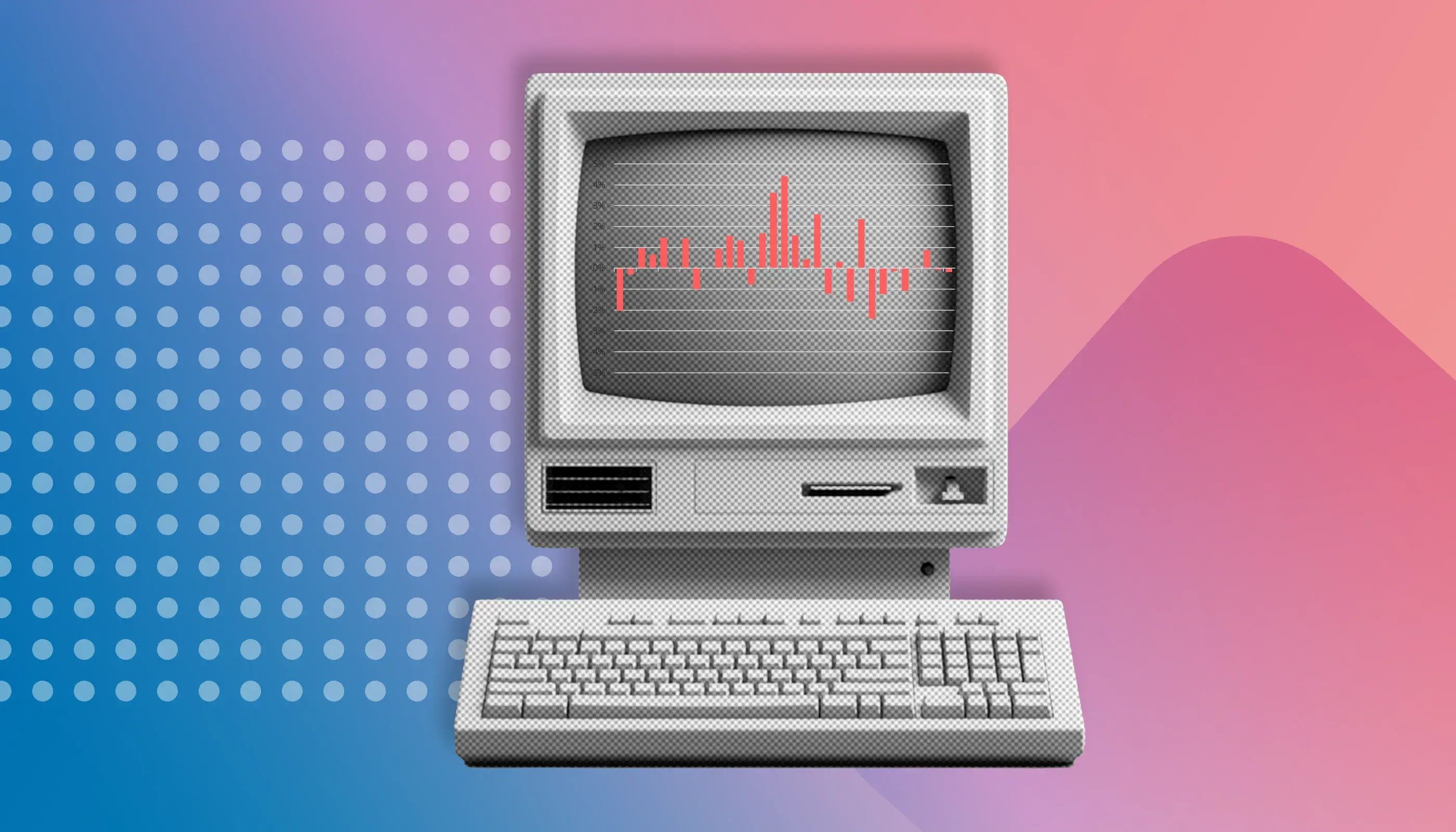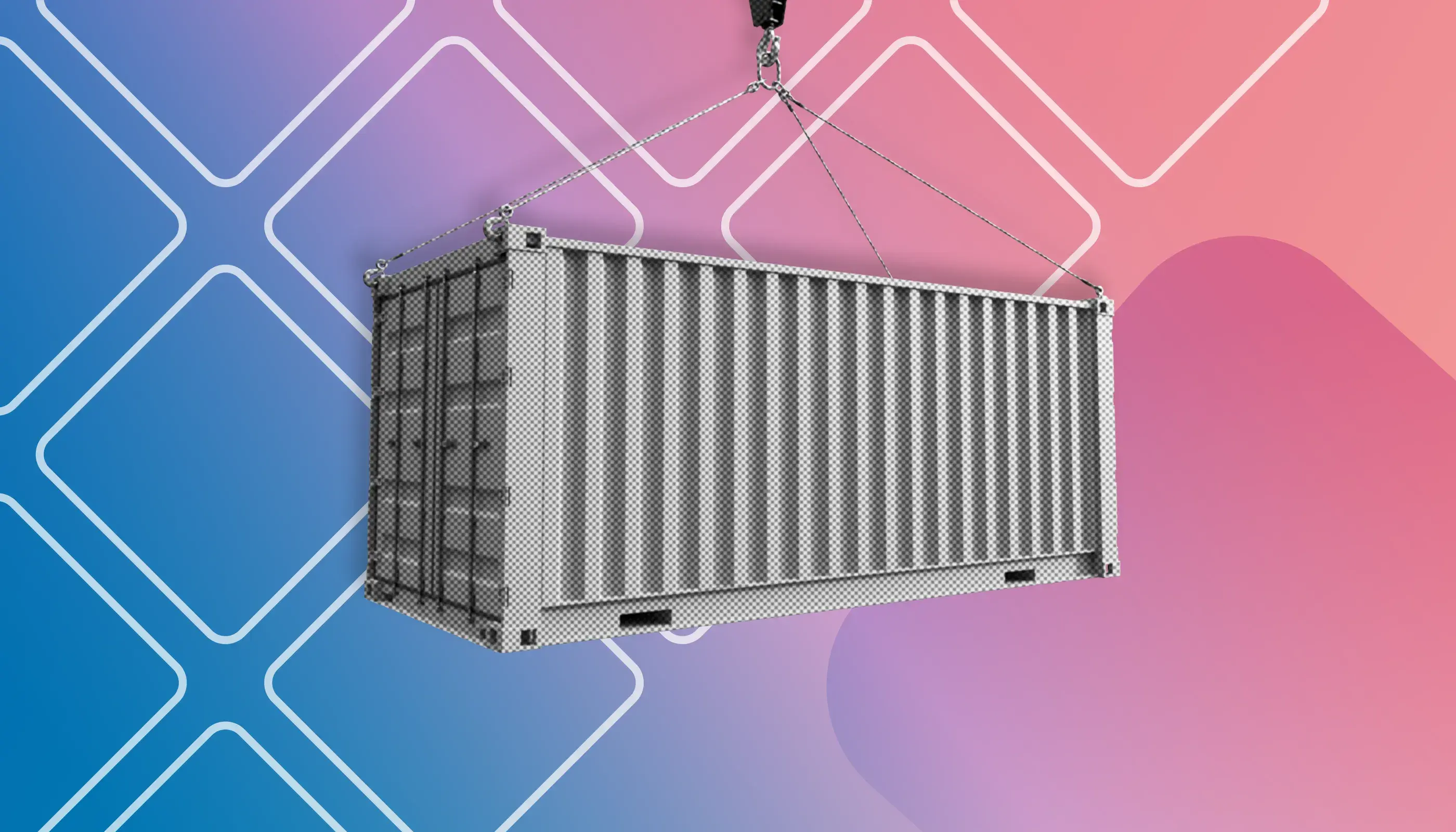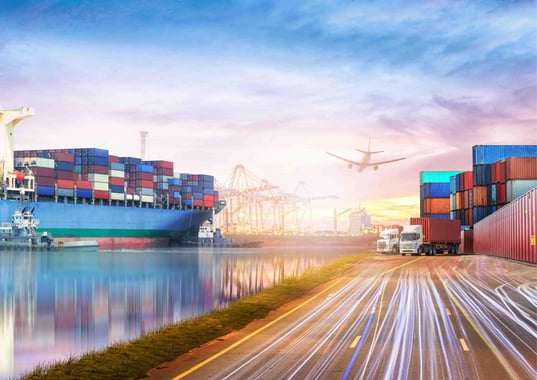Transport Management System: which software to choose for your company?
Choosing the right TMS is essential to optimising your company's transport management. Upply guides you in evaluating needs, budget and features to make the best choice.

What is a Transport Management System?
A TMS, or Transport Management System, is a computer software solution that manages all functions related to transport, both for shippers and carriers. From receiving transport orders to invoicing, including document management, all Road Freight Transport (RFT) elements are processed. TMS are installed on the company's servers or they can operate in SaaS mode (Software as a Service) with the cloud. The approach is different because investment and maintenance require unequal budgets.
How to choose the right TMS for your business?
When the management of the transport activity becomes too cumbersome, it is preferable to entrust it to a TMS (Transport Management System). Depending on the size of your business, your needs and your budget, the sizing of the software will be different. On the other hand, its functionalities will always perfectly meet your expectations for digitalisation and services. An essential tool for operations, a TMS significantly improves performance and secures all transport-related operations. Upply's experts explain how to choose a TMS that will suit your company's transport activity.
Define the needs of your transport activity
When it comes to transport, business needs typically revolve around technical execution, document management, costing and analysis reporting. It all depends on the size of the company, the infrastructure such as docks, and the connections provided, whether abroad or not.
Transport management
This is the main concern of companies that have a logistics activity. This includes management of the vehicle fleet and its drivers, routes and fuel. Setting up collection and delivery rounds requires precise planning, but above excellent tracking, with great agility to respond to customer needs. Transport operations remain one of the most sensitive points because they are subject to numerous hazards.
Shipping Management
Related to the previous point, shipments reflect the service provided to customers, which is why they must be given the greatest attention. You have to be able to load and deliver on time. If the company does not do it itself, it will entrust its freight to a carrier who will bear the same constraints, but the ordering company will have to ensure the carrier's availability. Freight handling requires high precision, with dispatch in accordance with destinations. Automating shipment management reduces the risk of error since the system takes care of assigning the freight to the correct bays, editing the labels with barcodes and then consolidating the loading lists.
Document management
Transport requires many documents, some are necessary for deliveries, others for customs, and finally others to collect payment for the service. Among the main documents, we find the consignment note or CMR waybill (for international transport), the delivery note, certain accompanying customs documents, the invoice, the site security protocol or even the quality control of the goods. This management can become cumbersome when the shipper is not sufficiently equipped, moreover a malfunction in the edition of these documents can seriously penalise the company with costs due to the delay.
Cost management
Obviously, every company seeks to reduce its transport costs and traditional methods are sometimes no longer sufficient to optimise expenditure. Digitalisation is an ideal solution to manage all the sources on which it is possible to save costs. For example, a TMS allows you to request quotes from several carriers, compare offers, but also choose the best routes for your operations.
Data analysis
Companies need to collect transport-related data in order to concretely assess where to deploy resources. They seek continuous improvement, both in transport management and in customer satisfaction. The data informs them about market and customer behaviour, fuel consumption, etc. But to do this, you need to have the tools that allow this feedback.
The features of a TMS
Using a TMS is to meet the needs set out above. TMS are sized according to the dimension and activity of the company. There are TMS for small businesses and TMS designed for large groups. But they all have roughly identical features, the most common of which are as follows. TMS manage:
- shipments: creation and tracking, etc.;
- carriers: contracts, confirmations, performance monitoring, etc.;
- rates: customer and supplier rate database, comparison of quotes, etc.;
- costs: monitoring, reporting, etc.;
- documents: generation of transport, customs, archive, invoicing documents, etc.;
- traceability: real-time tracking of deliveries, etc.;
- data analysis: reporting, performance analysis, etc.;
- communication: in real time, with customers and carriers
The advantages of a TMS to manage your transport activity
TMS present significant advantages for managing and developing a company's transport activity. The use of a TMS is part of the path to digitalisation for companies that commit to it. It is even a pivotal tool on which to base its entire strategy for moving to all-digital. The benefits of a TMS are financial, organisational and commercial.
Planning of shipments
A TMS plans shipments and organises the loading of the goods that are at the dock. The system consolidates shipments by destination, prints labels with barcodes, edits checklists and all documents relating to these shipments. TMS are capable of dealing with any type of handling unit, whether pallets, parcels, bulk or indivisible mass. It is possible to interface freight exchanges with TMS, in order to evacuate freight or increase the filling rate of trailers. The synergy between the two systems lightens the workload by avoiding double entry, thus avoiding the risk of errors.
Organising of rounds
TMS are able to organise delivery rounds, as well as collections. By recognising postal codes, a TMS calculates distances and seeks to optimise routes with the aim of reducing fuel consumption, but also losing as little time as possible and thus doing more work.
Managing a fleet of vehicles
Depending on the size of the fleet, its management can be complex, as it includes the units (tractor trailers) as well as the drivers. A TMS is able to assign vehicles to routes according to the transport plan chosen by the company. That is to say, the TMS knows the lanes with their usual volumes. It knows which vehicle to place based on its capacity. It also manages drivers' daily and weekly rest times. The TMS works in synergy with connected objects that provide information on the state of the vehicle and the driver's workload. The feedback thus obtained makes it possible to better distribute tasks, but also to overcome any possible malfunction such as a broken down vehicle or missing driver.
Optimising costs
A TMS also plays a role in reducing costs. Savings can be made by optimising routes, fuel consumption or dematerialising written materials. We can also note an improvement in productivity due to a more fluid organisation, where all the company's departments communicate with each other, having access to the same information.
Managing the documentary database
A TMS provides all documents relating to shipments, quotes and orders. It records and edits waybills, delivery notes, security protocols, but also quotes and orders. It archives them so that all teams have access to them, securely. These same documents may be sent to customers for invoicing or in the event of a dispute.
Assisting administrative and commercial support
A TMS processes orders entered directly by customers and transmitted by EDI. There is no human intervention, unless it is a manual order, taken by phone or email for example. TMS also manage quote requests and send quotes to customers directly by email. The sales department can thus know the success rate of their offers thanks to the conversion into orders. The sales administration department can then invoice quickly as soon as the transport documents are made available, and this in an automated manner.
Communicating with customers and suppliers
Communication with customers or carriers go through EDI in a TMS. Orders arrive through this channel, customers can then access tracking information and follow their shipments in real time. The system keeps track of all messages and every event that occurs during transport. It is informed by connected objects such as barcode scanners, but also by operators when necessary.
Driving the activity
A TMS provides a comprehensive vision of transport activity through an overview of the different positions. A real decision-making support tool, the TMS supports management teams in deploying resources in order to gain efficiency.
Constraints on the implementation of a TMS
The implementation of a TMS requires companies to have an IT department, particularly in the case of a server-based TMS. You have to take into account the cost of the equipment and its maintenance, but also the cost of training the staff and their non-productivity during this time.
It is also necessary to take into account the implementation of the EDI system with customers and carriers which represents a cost, but which can be billed to them. Finally, TMS require a reliable internet connection, especially for those hosted in the cloud (SaaS). Here again, an excellent computer system will become essential.
Choosing the right TMS
There are alternatives to TMS. Spreadsheets or Customer Relationship Management (CRM) software can help, but they will remain less effective and less efficient than a TMS that is perfectly tailored to the sector.
The choice of a TMS depends on several factors:
- Your needs: what are your business needs? (see above);
- The size of your business: a TMS sized exactly for your activity will better meet your expectations and your budget;
- Your budget: Server-based or cloud-based TMS? How many connected objects? The different options will increase the cost of the system, but it will always be sized to your needs. This is why a TMS for small businesses will have a lower cost than a TMS for multinationals.
Another point to consider is the maturity of your business. If your company is in a growth phase, then you will look for a scalable TMS with expandable capabilities. But we can remember these formulas:
- If you are a very small business or SME with simple needs, then you can consider a TMS in SaaS mode, i.e. hosted on the cloud, easy to deploy and use.
- If you are a large company or have more complex needs, you can turn to an on-premise TMS, that is, a TMS installed on your own servers and over which you will have more control and flexibility.
Among the best-known TMS, you will find that of Shiptify, Alpega, Sinari Cargo-TMS, or Manhattan Associates. They all develop solutions for business logistics, with specific functionalities, but adapted to the needs of RFT players.
Also note that a TMS can easily integrate solutions like Upply, which offers a connection between shippers and carriers, like traditional freight exchanges do. A very easy-to-use marketplace platform, Upply develops features that can be perfectly combined with all TMS, without having to leave its usual work tools. The acquisition of a TMS is part of a digitalisation process, but above all it helps the company progress. Teams perform more efficiently because they are better organised and have easier access to information.
Discover Upply
For more information on our solutions and to find out how they can meet your specific needs, contact us today.
Our experts are here to help you find the solution best suited to your company's needs.
Contact usArticles that might interest you


Explore the latest market trends with Market Insights
- In-depth studies on freight transport, supply chain and international trade
- White papers and regular reports for constant strategic intelligence
- Analyses by our recognized industry experts


